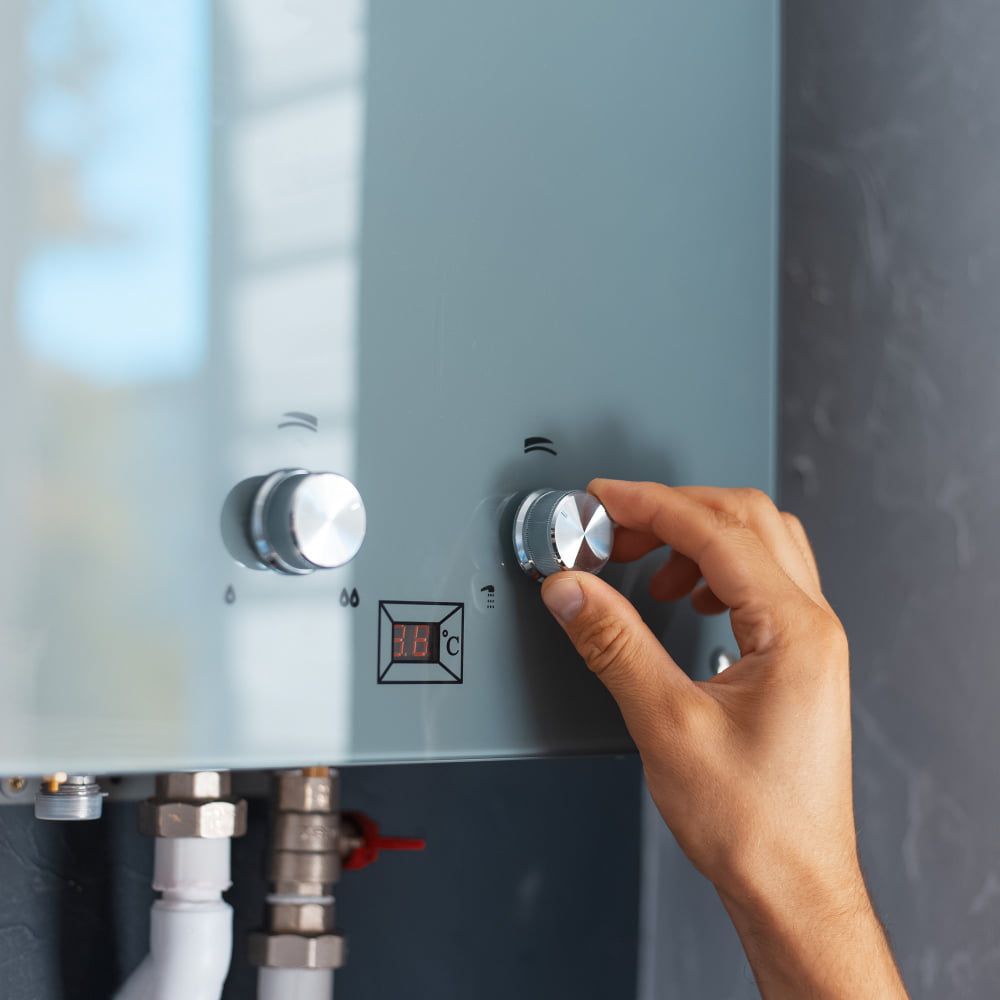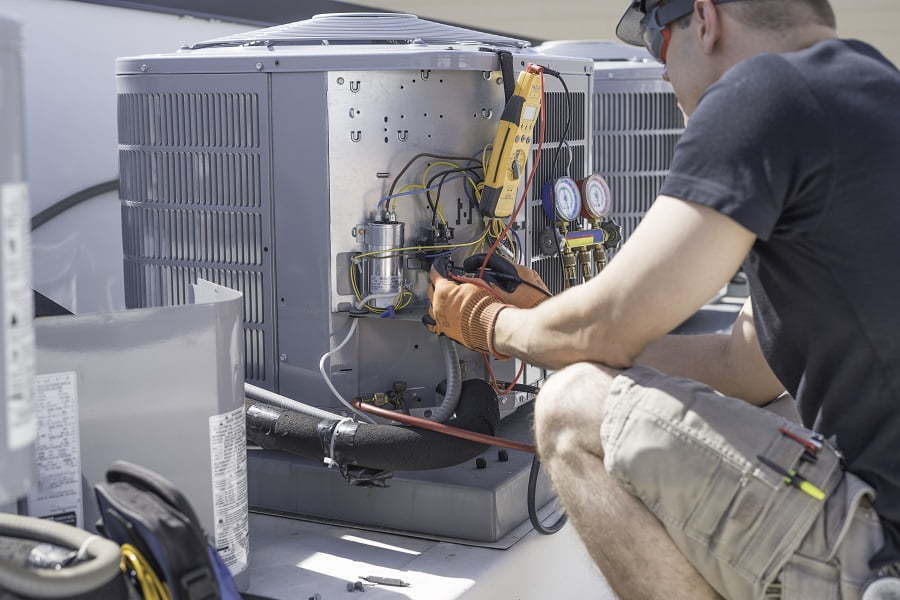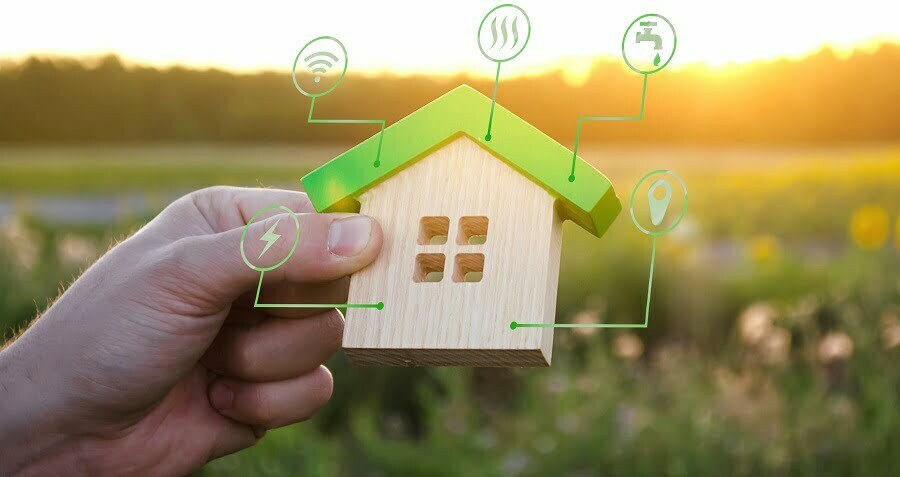Last updated on
Elevators are a crucial part of our daily lives, silently working behind the scenes to transport us effortlessly between floors. However, when they malfunction, it can be a source of frustration and inconvenience. Here are common elevator problems and provide you with efficient solutions to ensure smooth and reliable vertical transportation.
Get Professional Help

When facing complex or persistent elevator issues, it’s crucial to seek professional help. Elevator systems involve intricate technology and specialized components that require the expertise of trained professionals.
Elevator systems need Equipment upgrades to stay in line with evolving safety standards, enhance energy efficiency, and adapt to technological advancements that improve overall performance and user experience. Certified elevator technicians have the knowledge and experience to diagnose problems accurately and implement effective solutions.
Slow Door Operations
If you find yourself impatiently waiting for elevator doors to open or close, it’s likely due to slow door operations. To address this, regularly inspect and lubricate the door tracks. Adjusting the door timing settings can also enhance the speed, ensuring a swift and timely entrance and exit.
- Inspect and Lubricate Door Tracks Regularly: Over time, dust and debris can accumulate on the door tracks, slowing down their movement. Regular inspection and lubrication will prevent this build-up, ensuring smooth door operations.
- Adjust Door Timing Settings: Modern elevators come equipped with adjustable door timing settings. If you notice delays, tweaking these settings can significantly improve the speed of door closure and opening, optimizing the overall efficiency of the elevator.
- Check for Obstructions: Objects or obstacles in the door’s path can impede its smooth operation. Regularly check for any obstructions and promptly remove them to prevent unnecessary delays and ensure uninterrupted elevator service.
- Inspect and Replace Worn-out Door Components: The mechanical components of the doors, such as rollers and hinges, can wear out over time. Regularly inspect these components and replace any worn-out parts to maintain optimal door functionality and prevent sluggish operations.
Unusual Noises

Strange sounds coming from your elevator can be disconcerting. The issue may be worn-out components or loose parts. Regular maintenance checks, tightening bolts, and replacing worn-out elements can eliminate these noises, ensuring a quiet and efficient ride.
Jerky Movements
Experiencing sudden jolts or jerky movements during your elevator journey? This could be attributed to problems with the motor, brakes, or the control system. Regularly servicing and calibrating these components can smoothen the ride and prevent abrupt stops.
Motor Calibration
Jerky movements are often a result of motor irregularities. Ensure regular calibration of the elevator motor to maintain a smooth and consistent performance. Any fluctuations in the motor’s performance should be promptly addressed through professional calibration services.
Brake Inspection and Maintenance
A malfunctioning brake system can contribute to jerky movements during stops. Regularly inspect the brakes, checking for wear and tear. Lubricate as necessary, and replace brake components that show signs of damage. A well-maintained brake system contributes significantly to a smoother ride.
Control System Analysis
Jerky movements may also be linked to the elevator’s control system. Conduct a thorough analysis of the control panel, checking for loose connections, damaged wiring, or faulty sensors. Any identified issues should be rectified immediately to prevent further disruptions.
Emergency Stop Testing
Inconsistent jerky movements may sometimes be triggered by the emergency stop system. Regularly test and verify the functionality of the emergency stop button. If the button is found to be faulty, replace it promptly to prevent unnecessary interruptions and ensure a controlled and secure elevator experience.
Stalling Between Floors
Getting stuck between floors is a nightmare scenario. If this happens, don’t panic. First, press the alarm button to alert building management. Stalling is often linked to electrical issues, so ensure that the power supply is stable. Regularly scheduled maintenance and prompt response to any reported issues can prevent such incidents.
Inconsistent Leveling
A misalignment in leveling can cause discomfort, especially for individuals with mobility challenges. Adjusting the leveling sensors and ensuring they are clean can resolve this problem. Regularly checking and recalibrating the leveling system ensures a consistently smooth arrival at each floor.
Lack of Regular Maintenance
Prevention is better than cure. Many elevator problems can be avoided through routine maintenance. Regularly inspect and service the elevator components, focusing on lubrication, cleanliness, and overall functionality. Proactive maintenance not only prevents issues but also extends the lifespan of the elevator system.
Elevator problems can disrupt our daily routines, but with proactive measures and efficient solutions, you can minimize downtime and ensure a reliable vertical commute. Regular inspections, timely repairs, and adherence to a maintenance schedule are key to resolving issues swiftly and maintaining the seamless operation of your building’s elevators.
Related reading:
Table of Contents





